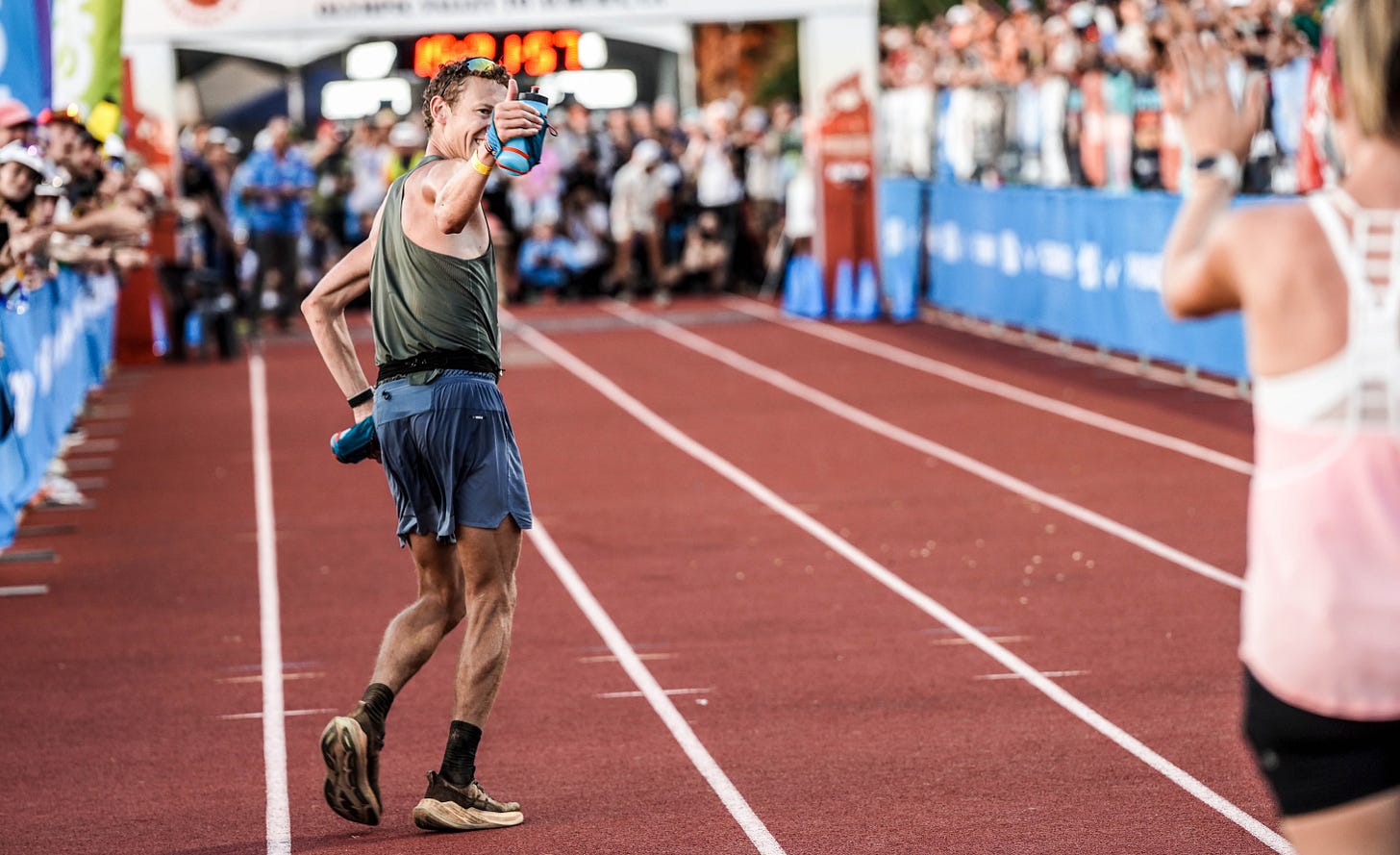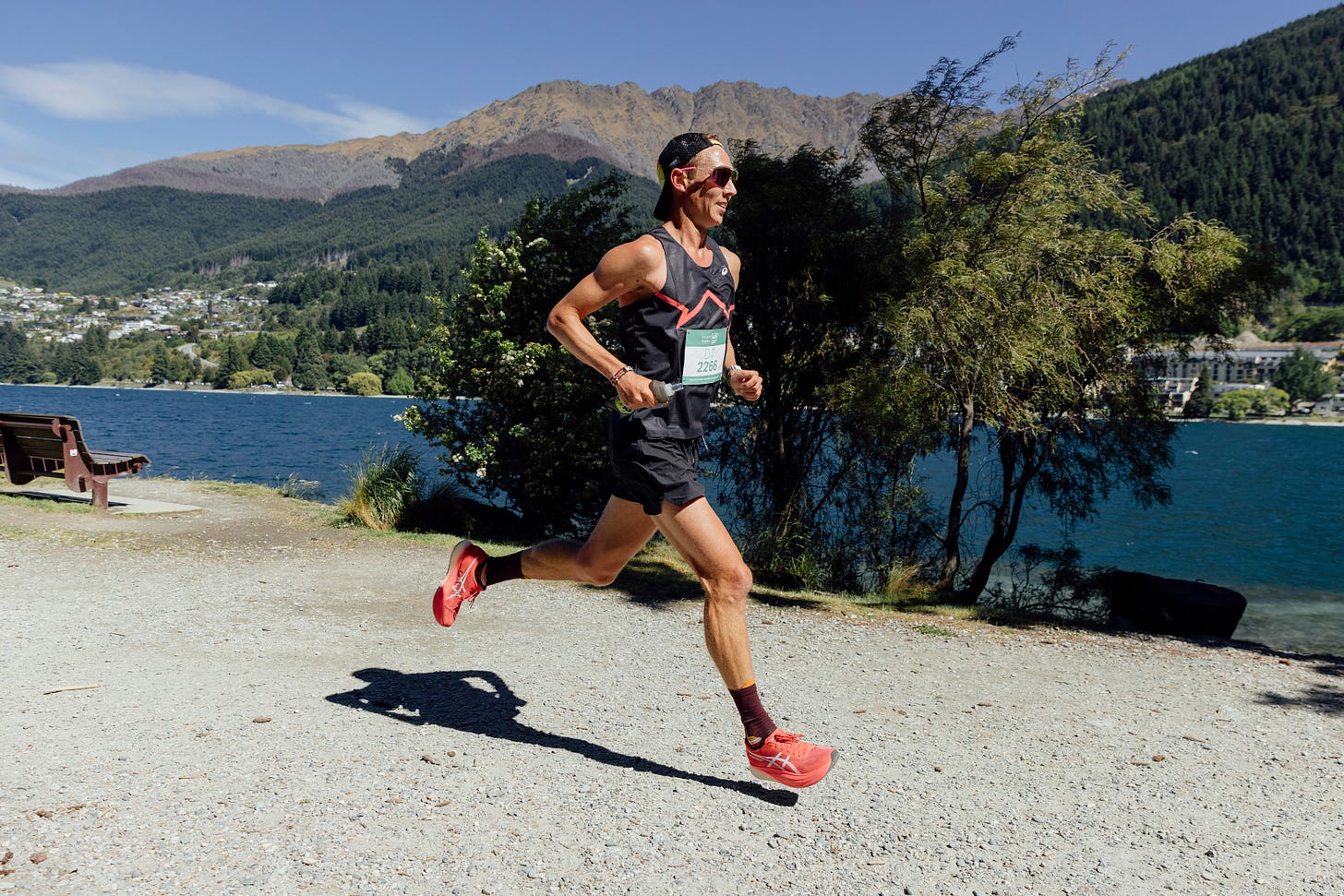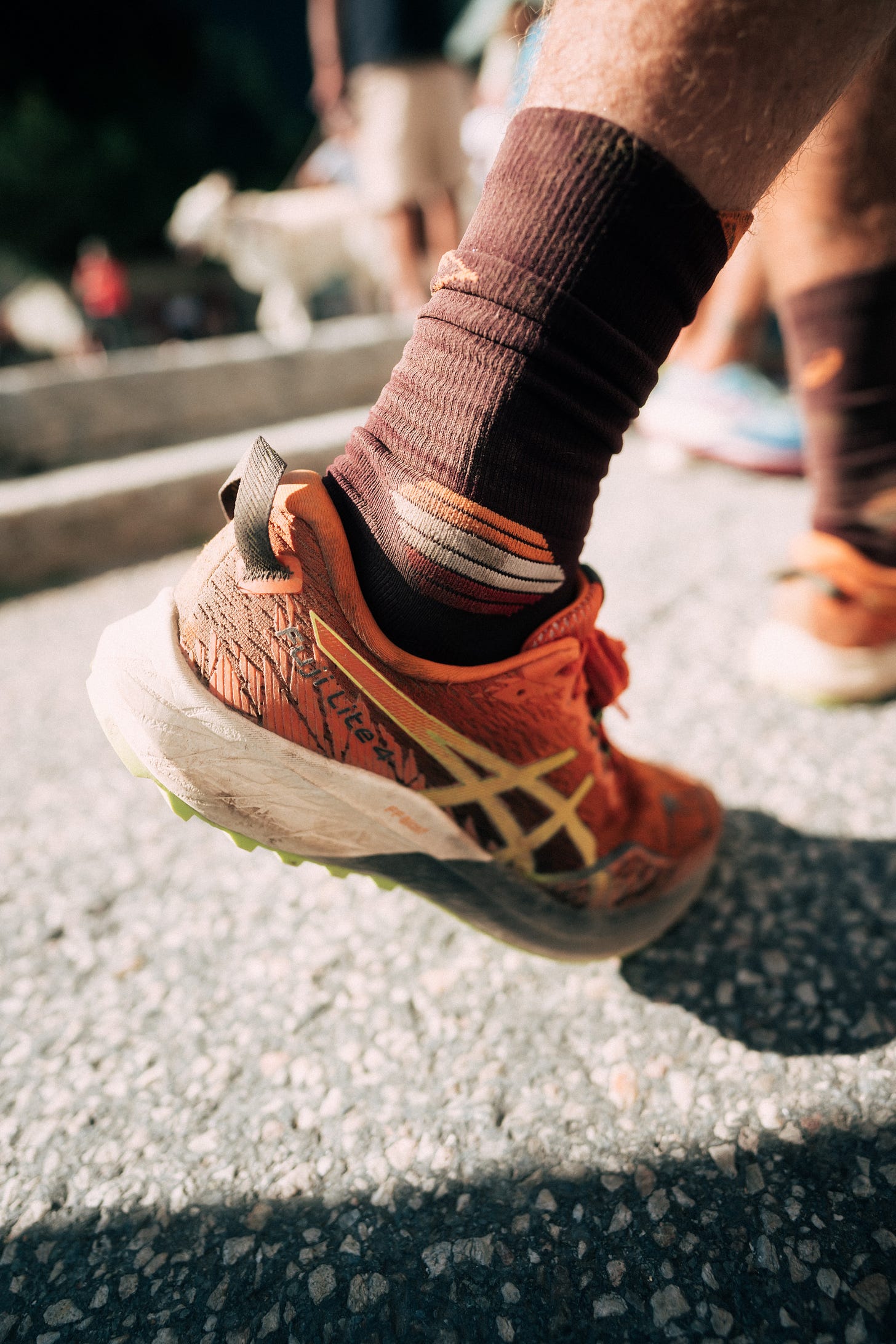How much do you learn about shoes across 7222km's?
My annual shoe review
424 Runs
691hrs 45mins
215,762m of elevation gain
7,222 km’s
According to Strava, this is my year-to-date. A big year logging miles on the legs, but also a big year to learn a lot about shoes! I’ve been faced with many different terrains, races and training sessions and as we sit here in December (just in time for Xmas), I feel like I’m in the right position to share a little more info about running shoes. Who doesn’t need another pair right :)
In this article, I’m going to break down how to justify getting another pair to your better half and also my favourite ASICS shoes and what I use them for.
Why use different shoes
Training Adaptation: The most obvious point here is rotating shoes around specific training sessions. Long runs, speedwork, trail runs, recovery runs, racing. These all require a shoe that have an intended purpose. Whether it’s grip for the trail, a lightweight responsive shoe for workouts, a cushioned shoe for recovery, or a fresh shoe for race day. The different shoe for different sessions argument, is the number one reason to have a shoe rotation.
Injury Prevention: Different shoes often have different levels of support, cushioning and stability. Usually, all are dependent on their intended use or target user. Rotating between shoes with different features (that suit your feet and gait) can help distribute the impact and forces placed on your muscles and joints. Rotating shoes can lessen injury risk caused from repetitive strain and helps target different muscles groups. This reduces the risk of imbalances by engaging muscles in slightly different ways depending on the shoe you are using.
Extended Lifespan: Rotating between shoes can extend the lifespan of each pair. When I say lifespan, I’m not just talking time, which is obvious, but I’m referring to the number of kilometers per pair before replacement. The reason for this is that a shoes foam will compress under each step a runner takes. By the end of a run the foam has taken the brunt of thousands of steps and needs time to decompress and return to normal. Giving the foam two to three days between use allows better cushioning and durability in the long run.
Running out of gift ideas…
My Favourite ASICS shoes for 2023 and why
Number 1 all-round shoe: ASICS Superblast. This shoe is lightweight and super cushioned. They really save the legs on a long run. I even used this shoe on the back half of Western States.
Long Runs (Road or Gentle Trail): ASICS Superblast
Road Racing or Road Intervals/Sessions: ASICS Metaspeed Sky. The carbon plated super shoe is ultralight and responsive. Has taken me to my fastest Auckland Marathon and wins at many marathons in between.
Recovery Runs (Road or Gentle Trail): ASICS Novablast 3 (now 4) or Nimbus 25 for short recovery. The Nimbus 25 is very plush so great for short recovery runs while the Novablast I use for slightly quicker recovery runs or Zone 2 running.
Technical Long Trail: Trabuco 11 – Being a little more cushioned than the Fuji Lite I used the Trabuco in the first half of Western States and the first three quarters of UTMB.
Trail Racing: Fuji Lite 4 – The latest iteration has more cushioning and has taken me to wins in Kepler Challenge and the shoe that helped me move my way through the field at UTMB.
You can check out the full range of ASICS shoes at their website
Armed with these arguments and shoe suggestions, enjoy your Christmas shopping and I hope you find yourselves a shoe rotation that makes you merry and full of cheer these holidays!
For those who would like to do a video AMA session this month, I’ll be doing that by answering questions from the comments on this post on a video recording and sending that through as a vid for you to watch over Xmas. If you want to know anything about running shoes, training over summer or preparing for Tarawera, please write your questions below in the comments.
Thanks all!





